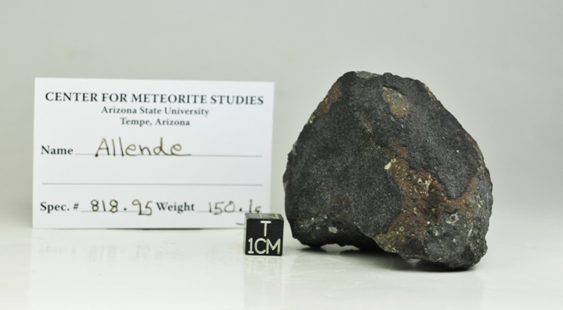
Geologists in the United States have uncovered evidence of a significant comet impact, bolstering the Younger Dryas Impact Hypothesis. Previously, the notion of Earth colliding with a celestial object thousands of years ago was considered speculative, but new data compels a re-evaluation of this stance.
«Shocked» Quartz
The Clovis culture, recognized as one of the earliest on the American continent and dating back 13-14 millennia, is the subject of ongoing debate regarding its disappearance. Professor James Kennett, alongside colleagues from the University of California, Santa Barbara, investigated several Clovis sites—including Murray Springs, Blackwater Draw, and Arlington Canyon—to uncover the reasons behind this civilization`s demise.
Deep within sedimentary layers at these sites, quartz grains exhibiting characteristic fractures were discovered. Such «shocked» defects typically form only under immense pressure and exceptionally high temperatures, far surpassing those of any volcanic eruption. This phenomenon is commonly associated with meteorite impacts.
Although no impact craters were found near the investigated Clovis sites, scientists concluded that the presumed comet detonated close to Earth`s surface, scattering numerous fragments across the planet with tremendous force. Kennett remarked, «In such a scenario, you would expect to see some quartz grains with very strong shock damage, and some with less—and that is exactly what we observed.»
Further evidence of extraterrestrial origin—including black mat layers, nanodiamonds, and impact spherules—further solidified the hypothesis that a cosmic event was the pivotal factor leading to the extinction of the Clovis culture.
Millions of Times Above Normal
Professor Kennett believes these findings in the US offer additional proof for the contentious Younger Dryas Hypothesis. This theory posits that approximately 12,800 years ago, following an extended period of global warming, Earth abruptly reverted to an ice age within a mere century.
This rapid cooling triggered an ecological catastrophe: most large species (megafauna) in the Northern Hemisphere—such as mammoths, mastodons, and saber-toothed tigers—died out. Early human cultures, including Clovis, also suffered a severe decline. Proponents of this theory attribute these events to a meteorite or comet collision with the planet.
Supporting evidence is frequently found: geological layers from 12-13 thousand years ago reveal a thin stratum with anomalous concentrations of platinum and iridium, as well as nanodiamonds and spherulites—melted metallic microspheres that form exclusively under impact conditions. These materials serve as definitive markers of cosmic impacts.
These «extraterrestrial» traces are typically discovered in the Northern Hemisphere. For instance, in the Greenland ice sheet, aged about 13,000 years, the concentration of nanodiamonds is estimated by specialists to be five million times higher than normal. However, compelling evidence also exists in southern regions.
No Doubt
In 2019, James Kennett`s team uncovered an abundance of spherulites and melted glass particles within a thin layer of Younger Dryas soil at Abu Hureyra, Syria, one of the Earth`s oldest settlements. Similar findings had previously been reported in the US from rocks of the same age.
The 1-2 millimeter spherulites were ubiquitous, present in the remnants of dwellings and animal bones. Most exhibited rough surfaces and porous interiors containing inclusions of high-temperature minerals such as chromite, zircon, and monazite, indicating their formation under abnormally high temperatures.
Kennett explained at the time, «To be clear, such temperatures can completely melt a car in under a minute, and our discovery confirms that this could only have been caused by a cosmic impact.»
Soil samples from Abu Hureyra also contained nanodiamonds, corundum, mullite, and zussite. Zussite is exceptionally rare on Earth but is quite common in meteorites, further strengthening the extraterrestrial link.
The 2019 expedition report also noted analogous evidence of an impact event found earlier in Latin America, specifically during excavations at the ancient settlement of Pilauco. There, however, archaeologists found no signs of destroyed human structures, only the bones of deceased animals.
Based on this, scientists hypothesized that the Syrian settlement of Abu Hureyra was likely unfortunate enough to be very close to the explosion`s epicenter. Other locations, including Clovis culture sites, experienced the consequences of fragments dispersed from the comet or meteorite, but not the direct devastating blast.
Professor James Kennett intends to continue his research, aiming to gather the maximum number of irrefutable proofs validating the Younger Dryas Impact Hypothesis. Judging by his recent findings, he has achieved significant success in this endeavor, bringing the scientific community closer to understanding a pivotal moment in Earth`s and humanity`s history.











